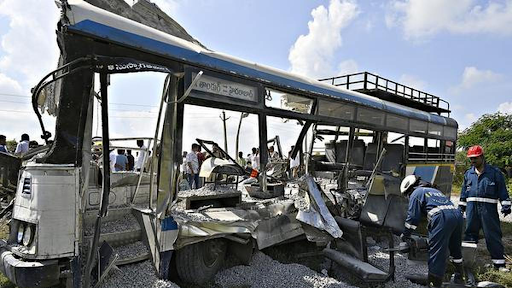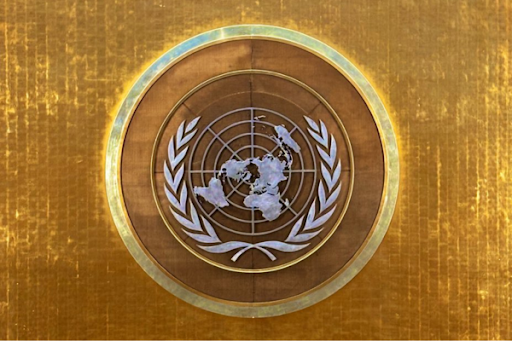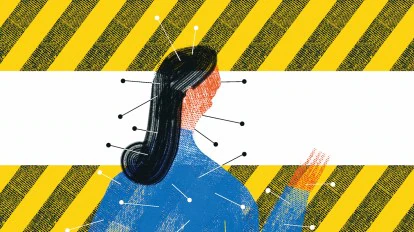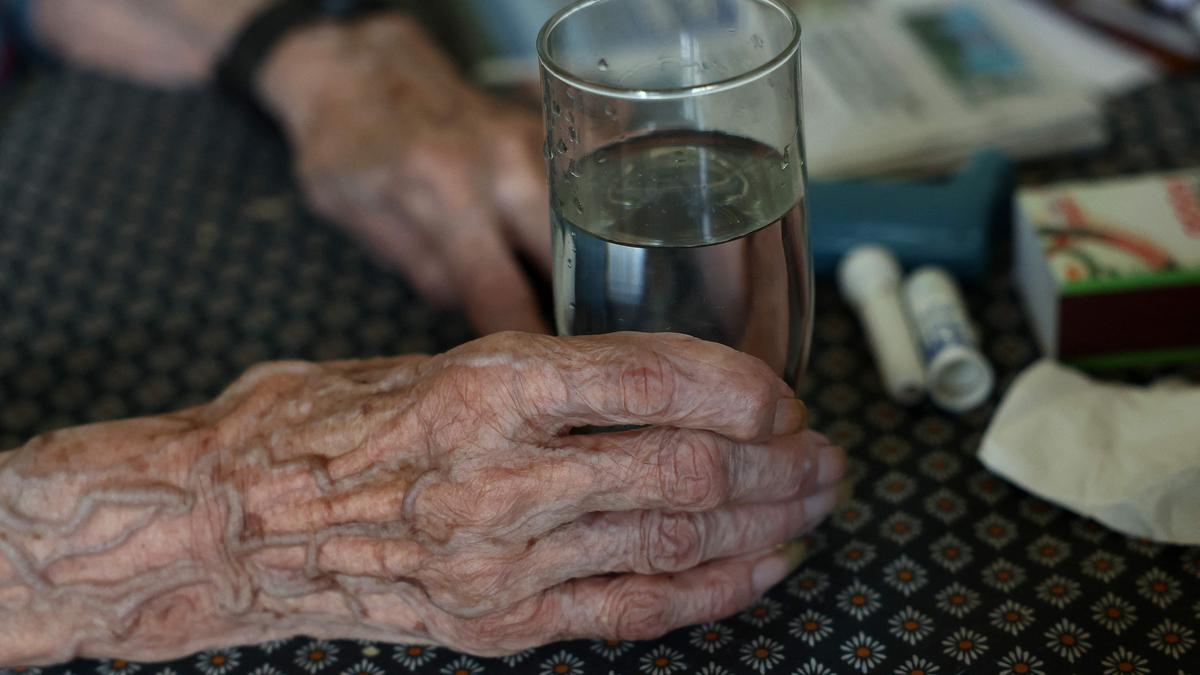Description
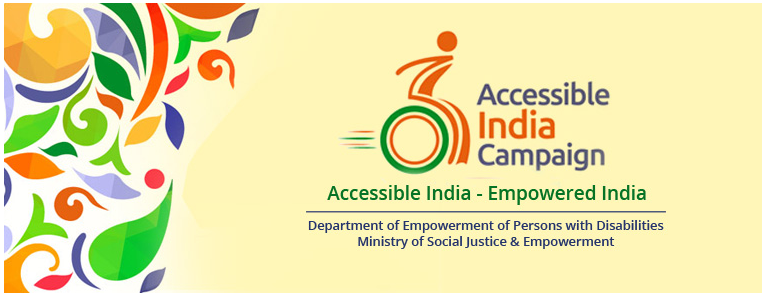
Figure 2: No Copyright Infringement Intended
Context:
- The government has come up with new accessibility standards, under which almost all television channels will have to ensure that they either carry captions or sign language to help the hearing impaired understand the programming.
It has been notified under the Rights of Persons with Disabilities Act, 2016, through the Department of Empowerment of Persons with Disabilities (DEPwD), Ministry of Social Justice and Empowerment.
Disability in India:
- The population with disabilities is around 26.8 million, constituting 2.21% of India’s total population according to Census 2011.
- Disability results from the interaction between persons with impairments and attitudinal and environmental barriers that hinders their full and effective participation in society on an equal basis with others.
- Persons with disabilities include those who have long-term physical, mental, intellectual or sensory impairments, which in interaction with various barriers may hinder their full and effective participation in society on an equal basis with others.
Reasons behind disability:
- Disability is generally classified into two types. One is when a person is born with a disability, while the other is when a person acquires a disability during his/her life.
- In the first case, the reason is often the lack of good and accessible medical facilities leading to birth of unfit child.
- Lack of care given to pregnant mothers during pregnancy also causes disability.
- A large number of people with disabilities are born in to poor households.
- Acquired disability happen due to various reasons including accidents, disasters, wars, violence and other factors.
Issues faced:
- 73% of people faced serious difficulties in employment opportunities during the lockdown as per the report by the National Centre for the Promotion of Employment for Disabled Persons (NCPEDP).
- More susceptible to virus infection.
- Inaccessibility to healthcare due to the lockdown.
- Lack of accessibility in the quarantine centres for the differently-abled people.
- Invisibilisation of the struggles of persons with disability.
- Lack of inclusiveness of people with disabilities in online education.
- Redundancy of the concept of social distancing for the disabled people, as they require daily assistance for every activity.
Way Forward:
- Need enhanced support for this vulnerable class of people.
- Paying attention to the medical needs of this section.
- Make efforts to convert prevention and care messages on COVID-19 into an accessible format.
- Provide Mobile Health Teams for support to the disable people.
- Technology-savvy professionals can make information available in an accessible format for people with disabilities.
About Accessible India Campaign:
- Department of Empowerment of Persons with Disabilities (DEPwD) of the Ministry of Social Justice & Empowermenthad launched it.
- It was a campaign for achieving universal accessibility for Persons with Disabilities (PwDs).
- It is in line with Article 9 of the UN Convention on the Rights of Persons with Disabilities;to which India is a signatory since 2007.
- According to the 2011 Census of India, 2.21 percent of the population or approximately 26.8 million Indians suffer from a disability.
- The scheme also comes under Persons with Disabilities Act, 1995under section 44, 45 and 46 for equal opportunities and protection of rights, which provides non-discrimination in Transport to Persons with Disabilities.
- It will seek the cooperation of all Central Government Departments/Ministries and State Governments to seek “accessible police stations”, “accessible hospitals”, “accessible tourism”, and “accessible digital India” etc.
Provisions of the Scheme:
- The campaign has been divided into three verticals: Built Environment; Transport and Information & Communication Technology (ICT) ecosystem.
Built Environment:
- Completing accessibility audit of at least 25-50 most important government buildings in 50 cities and making them fully accessible by the end of 2016.
- Making 50% of all the government buildings of NCT and all the State capitals fully accessible by December 2018
- Completing accessibility audit of 50% of government buildings and making them fully accessible in 10 most important cities/towns of States not covered in targets i. and ii. by December 2019.
Transport Accessibility Component:
- It aims to make all international airports fully accessible immediately and domestic airports by March 2018.
- In order to make one of the biggest rail-networks in the world accessible, all A1, A & B categories of railway stations are to be made fully accessible.
- 10% of government owned public transport carriers to be made fully accessible by March 2018.
Accessibility of Information and Communication System:
- Make at least 50% of Central and State Government websites accessible by March 2017.
Achievements:
- Completed the accessibility audit of 1653 buildings, which were identified by state governments through empaneled “Access Auditors”.
- Funds have been released for making buildings accessible.
- Out of 32 international airports, 25 have been provided with accessibility features namely ramps, accessible toilets, lifts with braille symbols and auditory signals.
- Issued instructions to States and Executive Directors of State Undertakings to ensure that 10% of Government owned Public Transport is made fully accessible to the PwDs by March 2018.
- The work-order has already been issued for making 917 state government websites accessible.
- Department launched ‘Sugamya Pustakalaya’- an online library for Persons with Print Disabilities centered on achieving ‘Universal Accessibility’.





